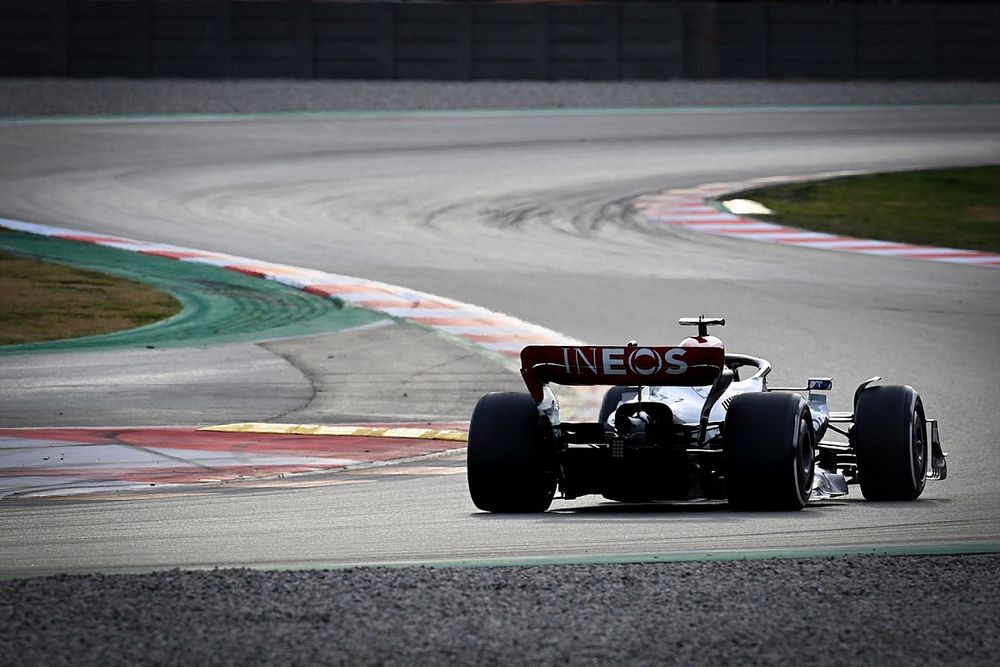
What the revolutionary new breed of F1 cars feel like to drive
With a radical new set of regulations making the 2022 Formula 1 cars the heaviest for almost nine decades, the grid's 20 drivers face a big challenge this season. Here's what some of them had to say about the monumental shake-up
Formula 1 has turned its back on the fastest-ever cars to grace a circuit by radically rethinking the way downforce is generated. The new-for-2022 regulations have also added some 43kg to the minimum weight limit, and several teams are reckoned to be comfortably north of that, too. It’s the heaviest grand prix grid for almost nine decades.
And yet, despite the bulk gained over the winter and the early evidence that lap times have increased, drivers are relishing getting to know their new rides. They’re having to adapt their driving styles, react to the return of porpoising after its 40-year layoff and get used to revised tyres and the knock-on effect of the altered reference points from the cockpit.
Share Or Save This Story
Subscribe and access Motorsport.com with your ad-blocker.
From Formula 1 to MotoGP we report straight from the paddock because we love our sport, just like you. In order to keep delivering our expert journalism, our website uses advertising. Still, we want to give you the opportunity to enjoy an ad-free and tracker-free website and to continue using your adblocker.


















